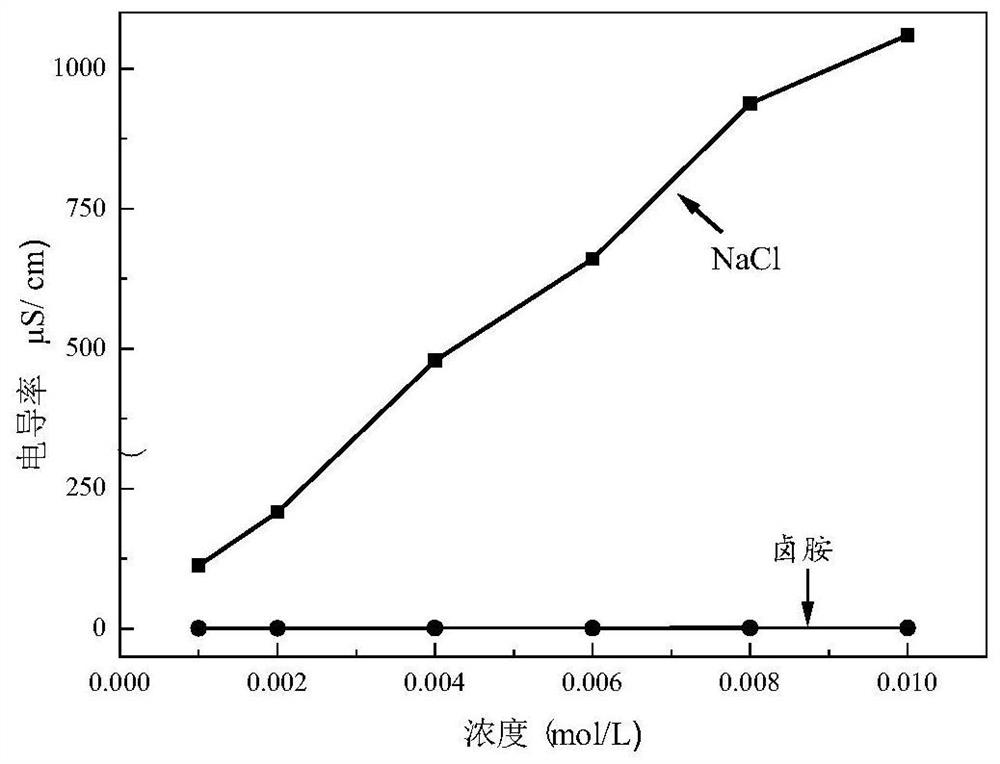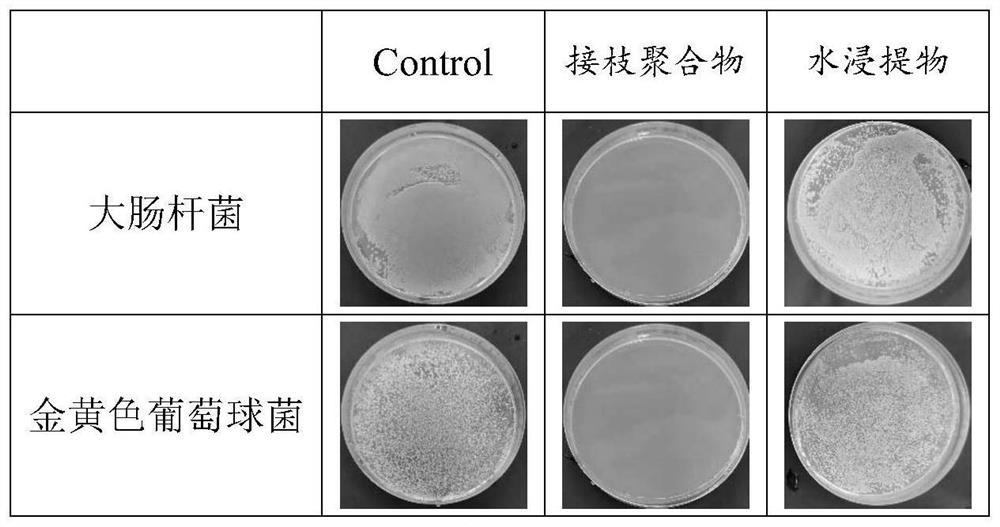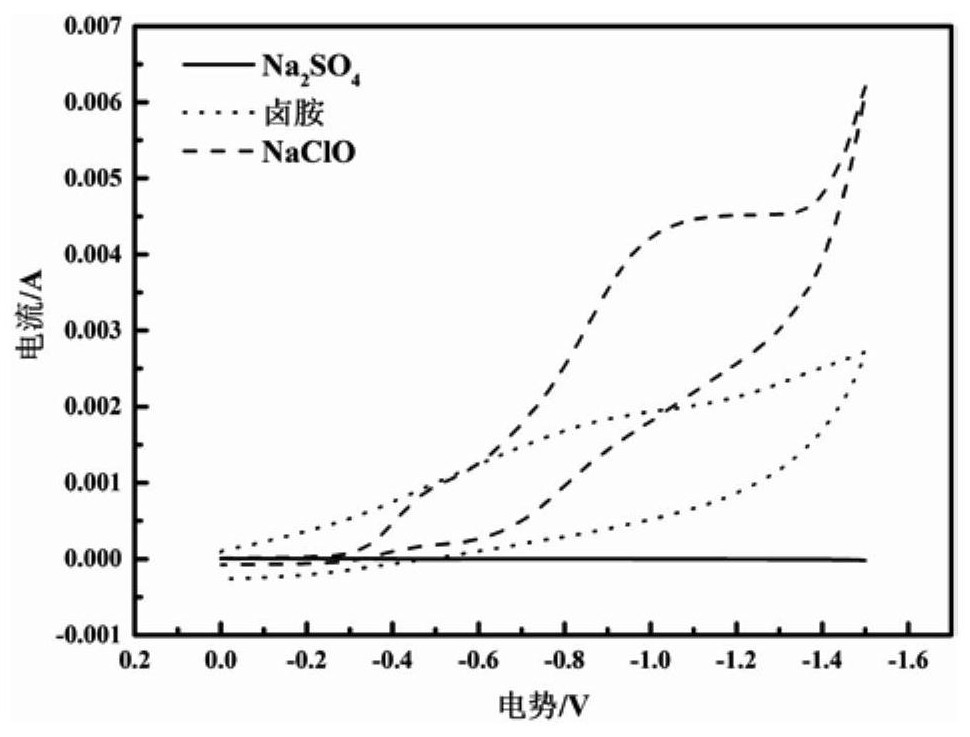Water-based paint in-can preservative
A technology for in-tank preservatives and water-based coatings, used in antifouling/underwater coatings, anti-corrosion coatings, polyurea/polyurethane coatings, etc. , to achieve the effect of wide pH adaptation range, stable storage time and excellent inactivation ability
- Summary
- Abstract
- Description
- Claims
- Application Information
AI Technical Summary
Problems solved by technology
Method used
Image
Examples
Embodiment 1
[0043] Embodiment 1, the preparation of preservative in water-based paint tank of the present invention
[0044] Weigh 200.0 g of the solid compound of formula I, add 400.0 g of absolute ethanol, and stir to dissolve at room temperature. After the dissolution is complete, add 400.0 g of deionized water and stir evenly to prepare a 20% transparent solution of preservative in a water-based paint tank, hereinafter referred to as CHT-1 preservative.
Embodiment 2
[0045] Embodiment 2, the preparation of preservative in water-based paint tank of the present invention
[0046] Weigh 200.0 g of the solid compound of formula I, 8.0 g of Cathone, add 400.0 g of absolute ethanol, and stir to dissolve at room temperature. After the dissolution is complete, add 400.0 g of deionized water and stir evenly to prepare a 20% transparent solution of preservative in a water-based paint tank, hereinafter referred to as CHT-2 preservative.
Embodiment 3
[0047] Embodiment 3, the preparation of water-based paint of the present invention interior wall latex paint
[0048] formula:
[0049]
[0050]
[0051] Remarks: The solid content of this formula is 50% Process flow: Add part of deionized water into the dispersion tank, add antifreeze, cellulose, dispersant, wetting agent, defoamer (half) while stirring at about 800r / min , evenly dispersed. Put in talcum powder, kaolin, light calcium carbonate, heavy calcium carbonate, titanium dioxide in turn, and disperse at a high speed of 1500r / min or more for 30min. Adjust the rotation speed to about 600r / min, add the remaining water and sequentially add emulsion, film-forming aid, pH regulator, defoamer (the remaining half), thickener, leveling agent, and disperse for 10-15min. Take the paint with the total amount of the above formula of 100g, when the system temperature drops below 55°C, add 0.25g of CHT-1 preservative at about 600r / min, and stir for 5-10min.
PUM
| Property | Measurement | Unit |
|---|---|---|
| Conductivity | aaaaa | aaaaa |
| Conductivity | aaaaa | aaaaa |
| Conductivity | aaaaa | aaaaa |
Abstract
Description
Claims
Application Information
 Login to View More
Login to View More - R&D
- Intellectual Property
- Life Sciences
- Materials
- Tech Scout
- Unparalleled Data Quality
- Higher Quality Content
- 60% Fewer Hallucinations
Browse by: Latest US Patents, China's latest patents, Technical Efficacy Thesaurus, Application Domain, Technology Topic, Popular Technical Reports.
© 2025 PatSnap. All rights reserved.Legal|Privacy policy|Modern Slavery Act Transparency Statement|Sitemap|About US| Contact US: help@patsnap.com



